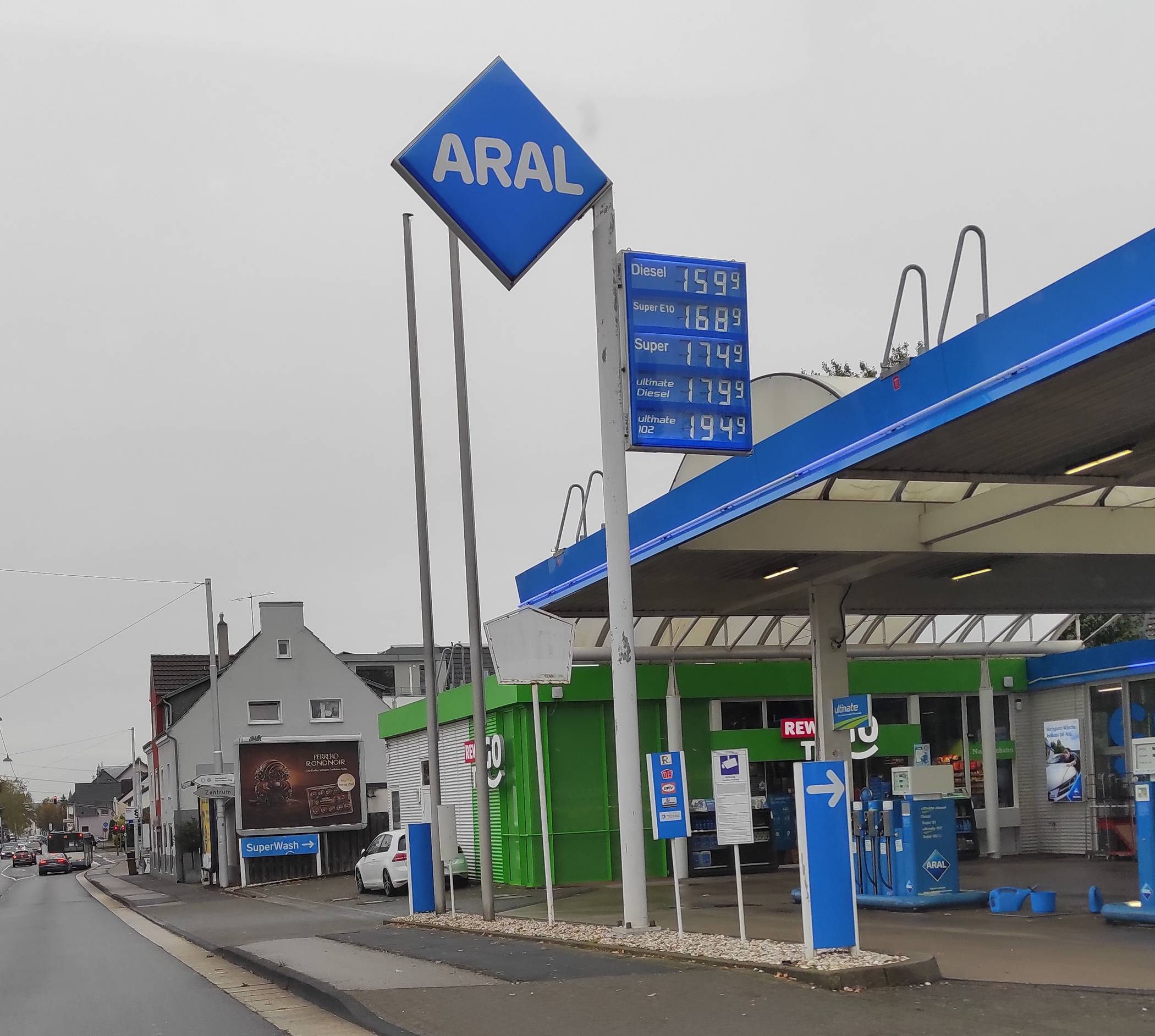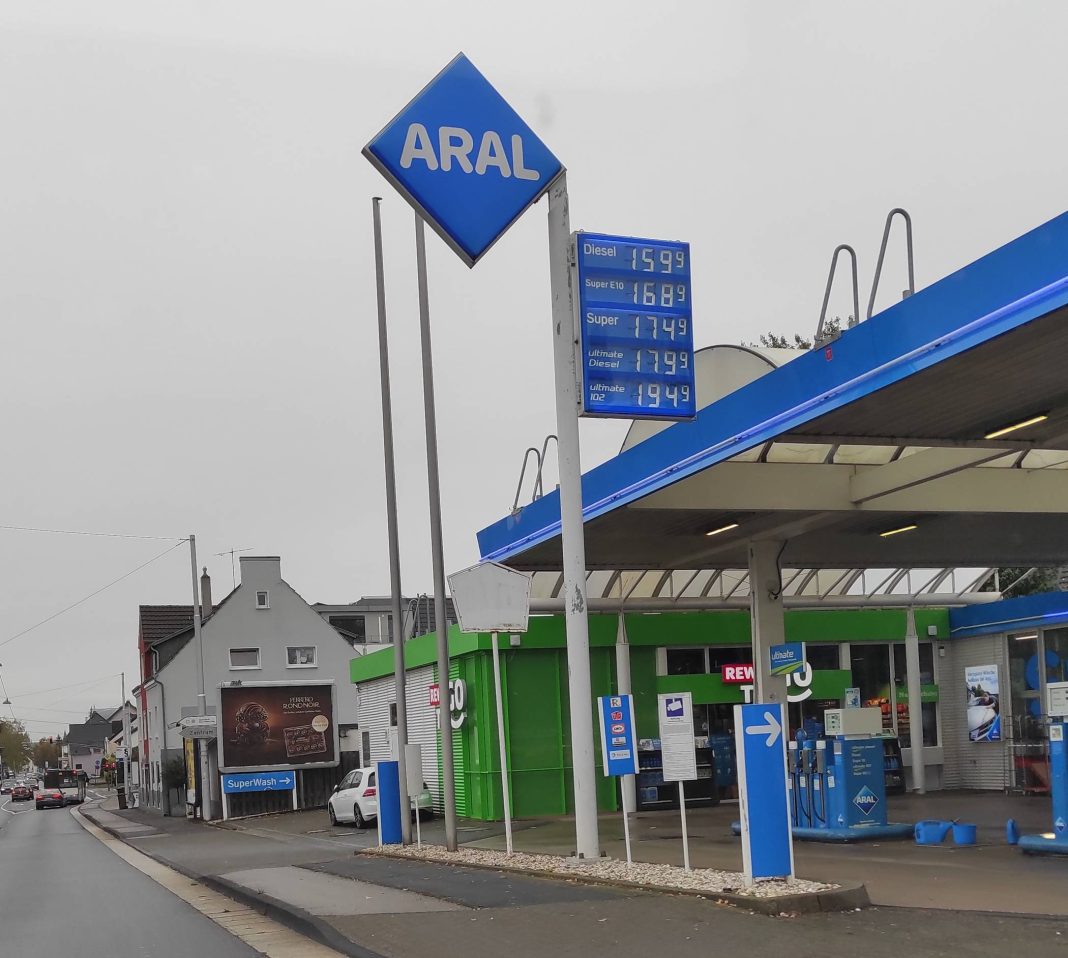 Oil Prices Rise as Demand Increases
Oil Prices Rise as Demand Increases
Benchmark U.S. crude oil for September delivery saw a significant increase of 69 cents, reaching $78.28 per barrel on Thursday. This rise was paralleled by Brent crude for September delivery, which rose by 66 cents to $82.37 per barrel. These price hikes can be attributed to the growing demand for oil as the global economy continues to recover from the impact of the pandemic.
Gasoline and Heating Oil Prices Follow Suit
The increase in oil prices also impacted the prices of wholesale gasoline and heating oil. Both commodities saw a rise of 2 cents, with August delivery gasoline and heating oil reaching $2.47 per gallon. This rise in prices can be attributed to the higher cost of crude oil, which directly affects the production and distribution of refined petroleum products.
Natural Gas Prices Experience a Dip
While oil prices experienced an upswing, natural gas prices saw a decline of 8 cents, with August delivery natural gas reaching $2.04 per 1,000 cubic feet. This decrease in price can be attributed to several factors, including a decrease in demand due to the summer season and an increase in production. Additionally, the growing emphasis on renewable energy sources has put downward pressure on natural gas prices.
Precious Metals Experience Mixed Fortunes
Gold prices saw a significant decline, with August delivery gold falling by $62.50 to $2,353.50 per ounce. This drop can be attributed to a stronger U.S. dollar, which makes gold more expensive for international buyers. On the other hand, silver prices fell by $1.34 to $27.98 per ounce. In contrast, September delivery copper experienced a modest rise of 2 cents, reaching $4.13 per pound. These fluctuations in precious metal prices are influenced by various factors, including macroeconomic trends, investor sentiment, and geopolitical events.
Currency Markets Respond
In the currency markets, the dollar weakened against the Japanese yen, falling to 153.81 yen from 154.01 yen. This decline can be attributed to factors such as lower U.S. bond yields and concerns about the pace of economic recovery. In contrast, the euro strengthened against the dollar, rising to $1.0848 from $1.0838. This rise in the euro can be attributed to positive economic data from the Eurozone and expectations of a robust recovery in the region.
Conclusion
The recent developments in the commodity and currency markets highlight the interconnected nature of the global economy. Oil prices have seen an increase due to rising demand, while natural gas prices have experienced a decline. Precious metal prices have been influenced by various factors, with gold seeing a significant drop. Meanwhile, currency markets have seen the dollar weaken against the yen and the euro strengthen against the dollar. It is important for investors and consumers to stay informed about these market trends and understand their potential impact on their financial decisions.


